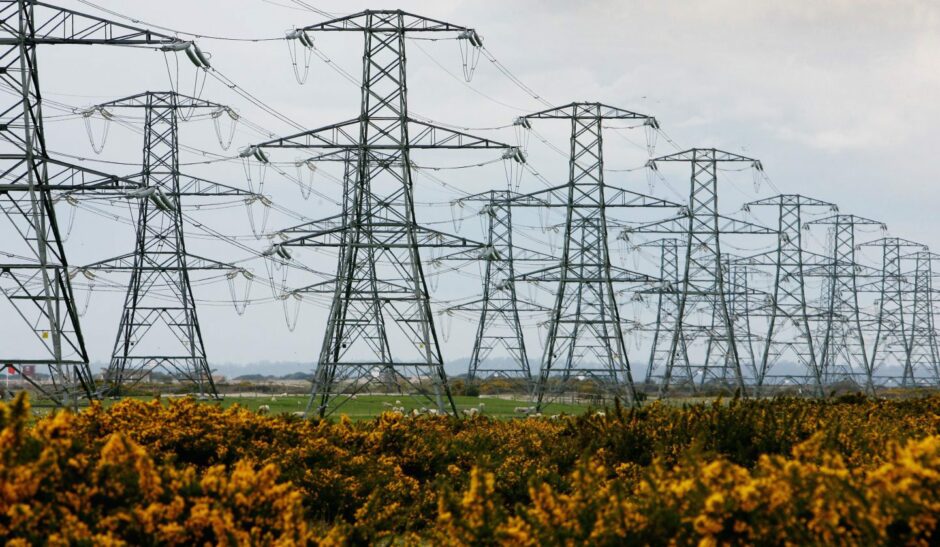
As the UK races towards its net zero goals, a silent obstacle threatens to derail our progress: an outdated grid connection process.
Having worked on both sides of the industry – with National Grid distribution and now as a consultant – I’ve seen first-hand how our current system is stifling the renewable energy revolution. But there’s hope on the horizon in the form of TMO4+, an approach set to transform how we connect green energy to the grid.
The message is clear “get connected or move out of the way”. TMO4+ queue reform is due to arrive in January 2025 and is expected to cause a well needed stir to the connection queue process.
Grid Connection Conundrum
For too long, our grid connection process has been plagued by what some in the industry call “braggerwatts”– speculative projects that will only ever exist on paper.
These “paper” sites reserve capacity, physical space, and clog up the connection queue, preventing genuine renewable developments from moving forward. These paper projects, often used to inflate company valuations or trade for profit, have led to a bizarre situation where billions of pounds of unnecessary grid reinforcements are being planned, with additional costs ultimately falling on consumers.
TMO4+, expected to be implemented in January 2025, promises to blow away the cobwebs in our grid connection process. At its core, this new approach prioritises shovel-ready projects with secured land rights and planning permissions.
Key features of TMO4+ are expected to include:
- Mandatory proof of land rights
- Demonstration of planning progress
- A ‘Gate’ mechanism for viable projects to leapfrog speculative ones
- Regular progress checks to maintain queue position
By implementing these measures, we can ensure that our grid connection queue reflects reality, not speculative fantasies.
A Paradigm Shift for the Industry
The implications of TMO4+ are far-reaching. We’re not just tweaking a process; we’re catalysing the UK’s entire energy transition. This could lead to faster deployment of clean energy, significant cost savings, increased investor confidence and a dramatic acceleration towards our net zero targets.
For National Grid ESO, this means a fundamental shift in approach. By focusing on genuine, viable projects, we can expect more accurate forecasting and efficient grid reinforcement plans.
As we approach the 2025 implementation date, developers need to prepare for a new reality. The days of speculative grid applications are numbered. It’s time to secure concrete land rights, progress planning applications and be ready to demonstrate project viability at every turn.
A Second Chance for UK Energy
In my years in this industry, I have never seen a more critical juncture. TMO4+ represents a second chance – an opportunity to correct our course and align our grid connection process with our national ambitions for a cleaner, greener future.
As I often tell my colleagues, this reform is long overdue. But with TMO4+ on the horizon, we have a chance to make up for lost time. It’s up to all of us – developers, consultants, policymakers, and citizens – to seize this opportunity and drive the UK towards a sustainable, low-carbon future. The road ahead won’t be easy, but for the first time in years, I’m optimistic. TMO4+ isn’t just a reform; it is a renewal of our commitment to a greener UK. Let’s embrace it, hold our policymakers accountable, and build the future we want to see. The time for change is now.
Phillip Robinson is principal grid engineer at ITPenergised (Part of SLR)
Recommended for you

 © Supplied by ITPenergised/SLR
© Supplied by ITPenergised/SLR